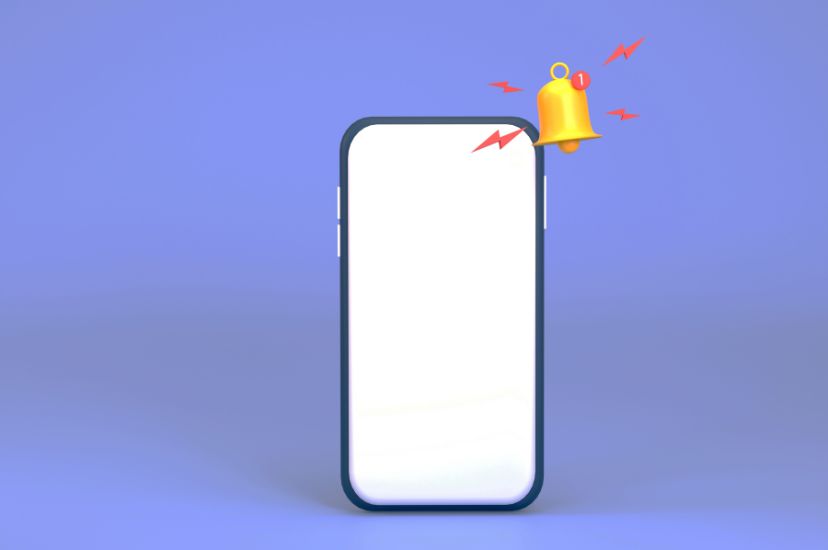
Date First Published: 23rd March 2024
Topic: Computer System
Subtopic: Computer Software
Article Type: Computer Terms & Definitions
Difficulty: MediumDifficulty Level: 4/10
Learn about what a push notification is in this article.
A push notification is a message directly sent to a computing device without a specific request from the client. Push notifications do not require the application to be open and can notify users of a new message, reminder, promotion, update, or social media post in the background. Unlike other communication channels such as email, push notifications are designed to be viewed in real time and trigger immediate engagement.
Push notifications come from a server, unlike pull notifications, which require the client to request information from a server. To get alerts, the end user often needs to opt in. This normally happens during the installation process, and the user is given the option to control alerts later on if they change their mind.
Apple first introduced push notifications in 2009 with support for push notifications on iOS devices via the Apple Push Notification Service (APNs). App developers can send data to iOS, watchOS, tvOS, and macOS devices due to the APNs.
If so, it is important that you tell me as soon as possible on this page.
Network Services Network Setups Network Standards Network Hardware Network Identifiers Network Software Internet Protocols Internet Organisations Data Transmission Technologies Web Development Web Design Web Advertising Web Applications Web Organisations Web Technologies Web Services SEO Threats To Systems, Data & Information Threats To Individuals Security Mechanisms & Technologies Computer Hardware Computer Software Ethics & Sustainability Legislation & User Data Protection